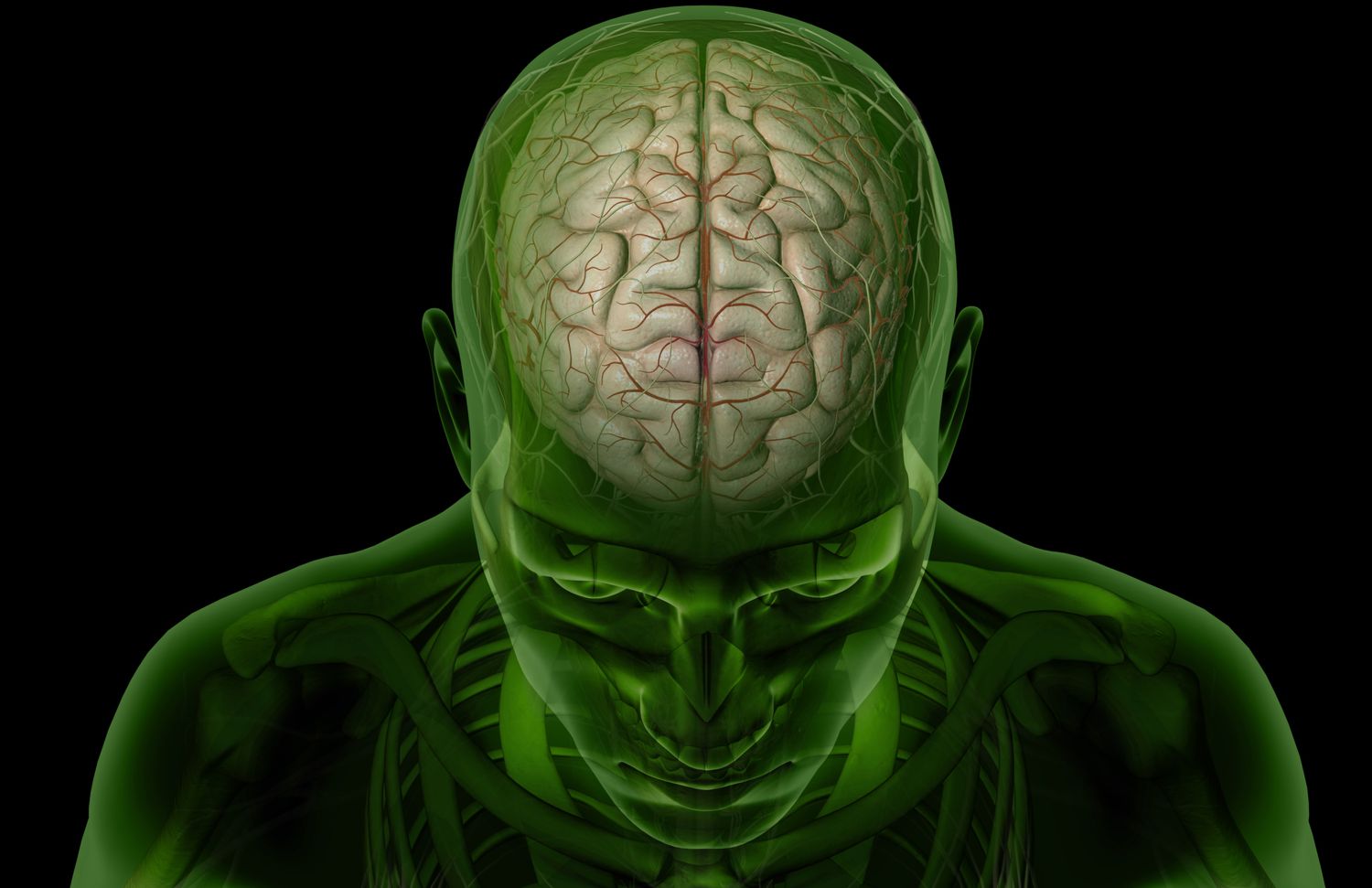
The cerebral cortex is a remarkable part of the human brain that plays a crucial role in various cognitive functions and behaviors. It is often referred to as the “thinking center” of the brain due to its involvement in complex processes such as perception, memory, language, decision-making, and problem-solving.
In this article, we will dive into the fascinating world of the cerebral cortex and explore 10 astounding facts about this incredible structure. From its intricate anatomy to its remarkable plasticity, the cerebral cortex continues to captivate researchers and scientists alike, shedding light on the complexity of the human brain.
So, get ready to expand your knowledge and be amazed by the wonders of the cerebral cortex!
Key Takeaways:
- The cerebral cortex, or outer layer of the brain, is responsible for our consciousness, language processing, and motor control. It’s like the brain’s CEO, managing all the important tasks!
- During early childhood, the cerebral cortex undergoes rapid development, shaping our intelligence and cognitive abilities. It’s like a supercharged learning machine, helping us grow and learn new skills.
The Cerebral Cortex: An Essential Part of the Brain
The cerebral cortex, also known as the outer layer of the brain, plays a crucial role in various cognitive functions, including perception, memory, attention, language, and consciousness. It is a complex structure made up of billions of neurons, forming intricate networks that allow us to make sense of the world around us.
The Cerebral Cortex is Divided into Four Lobes
The cerebral cortex is divided into four lobes: the frontal lobe, parietal lobe, temporal lobe, and occipital lobe. Each lobe is responsible for different functions, contributing to our overall cognitive abilities and behaviors.
The Cerebral Cortex is Highly Folded
One remarkable aspect of the cerebral cortex is its highly folded structure. These folds, called gyri, and grooves, called sulci, increase the surface area of the cortex, allowing for a greater number of neurons and connections within a limited space.
The Cerebral Cortex is Responsible for Consciousness
Consciousness, the awareness of oneself and the environment, is a remarkable ability attributed to the cerebral cortex. It integrates information from different sensory systems and processes it, giving rise to our subjective experience of the world.
The Cerebral Cortex is Key to Language Processing
Language processing, including speech production and comprehension, is a complex cognitive task that heavily relies on the cerebral cortex. Specific areas within the cortex, such as Broca’s area and Wernicke’s area, are crucial in facilitating language-related functions.
The Cerebral Cortex Allows for Motor Control
The cerebral cortex plays a significant role in motor control, enabling voluntary movement and coordination. Areas such as the primary motor cortex and the premotor cortex are involved in planning and executing movements.
The Cerebral Cortex is Involved in Higher Cognitive Functions
Higher cognitive functions, such as problem-solving, decision-making, and abstract thinking, are intricately connected to the cerebral cortex. It enables us to reason, plan, and adapt to new situations, contributing to our overall intelligence.
The Cerebral Cortex Exhibits Hemispheric Specialization
Each hemisphere of the cerebral cortex exhibits hemispheric specialization, meaning that certain functions are more dominant in one hemisphere than the other. For example, language processing is usually lateralized to the left hemisphere in most individuals.
The Cerebral Cortex Undergoes Significant Development in Early Childhood
The cerebral cortex undergoes rapid development during early childhood, with extensive neuronal connections being formed and refined. This period is critical for acquiring new skills, learning, and shaping the functionality of the brain.
The Cerebral Cortex is Unique to Humans
While other animals have a cerebral cortex, the complexity and size of the human cerebral cortex set us apart. It is the foundation for our advanced cognitive abilities, enabling us to engage in creative thinking, problem-solving, and cultural development.
Conclusion
In conclusion, the cerebral cortex is an incredible part of the brain that plays a crucial role in various cognitive functions. Its complex structure and composition allow us to think, perceive, and interact with the world around us. The ten astounding facts about the cerebral cortex highlighted in this article serve to emphasize the remarkable capabilities of this region.By understanding the fascinating aspects of the cerebral cortex, we gain a deeper appreciation for the intricacies of the human brain. From its role in intelligence and decision-making to its ability to adapt and change, the cerebral cortex is truly a marvel of nature.Continued research and exploration of the cerebral cortex will undoubtedly uncover even more astonishing facts in the future. As we continue to unravel the mysteries of this vital brain region, our understanding of human cognition and behavior will undoubtedly evolve.For anyone interested in the wonders of the human brain, the study of the cerebral cortex is a captivating and rewarding journey.
FAQs
Q: What is the cerebral cortex?
A: The cerebral cortex is the outermost layer of the brain, consisting of folded gray matter. It plays a crucial role in various cognitive functions, including thinking, memory, perception, and language.
Q: How does the cerebral cortex function?
A: The cerebral cortex functions through a network of neurons that communicate with each other. Different regions of the cortex are responsible for different functions, and they work together to process and interpret information from the senses, control movement, and support higher-level cognitive processes.
Q: Can the cerebral cortex change or adapt?
A: Yes, the cerebral cortex has the remarkable ability to change and adapt throughout our lives. This neuroplasticity allows it to reorganize its structure and function in response to learning, experiences, and environmental influences.
Q: What happens if the cerebral cortex is damaged?
A: Damage to the cerebral cortex can lead to a range of neurological disorders and impairments, depending on the specific area affected. These may include changes in cognition, memory loss, motor function problems, sensory deficits, and language difficulties.
Q: How does the size of the cerebral cortex vary among individuals?
A: The size of the cerebral cortex can vary among individuals. Factors such as genetics, age, and environmental influences can contribute to differences in cortical thickness and surface area. However, the overall structure and organization of the cortex remain relatively consistent across individuals.
Intrigued by cerebral cortex facts? Keep exploring brain's fascinating regions! Unravel mind-blowing cerebral cortex details, captivating cerebellum tidbits, and intriguing corpus striatum insights. Each area plays crucial roles in consciousness, movement, cognition. Learning about brain structure and function is an exciting journey into what makes us uniquely human. So, keep reading to satiate curiosity and appreciate the incredible organ between your ears!
Was this page helpful?
Our commitment to delivering trustworthy and engaging content is at the heart of what we do. Each fact on our site is contributed by real users like you, bringing a wealth of diverse insights and information. To ensure the highest standards of accuracy and reliability, our dedicated editors meticulously review each submission. This process guarantees that the facts we share are not only fascinating but also credible. Trust in our commitment to quality and authenticity as you explore and learn with us.


